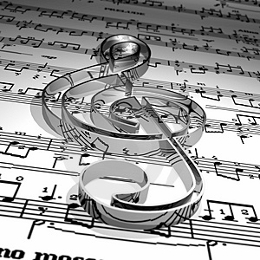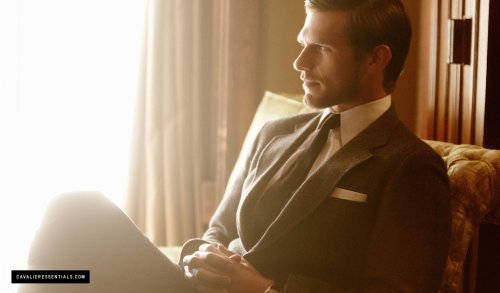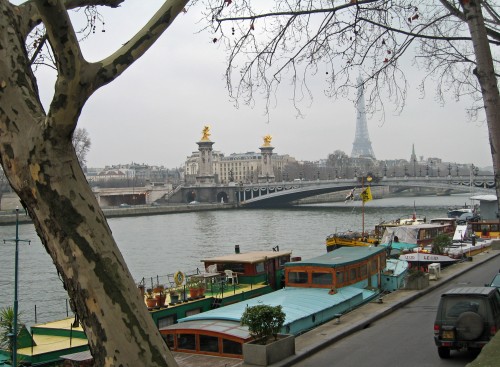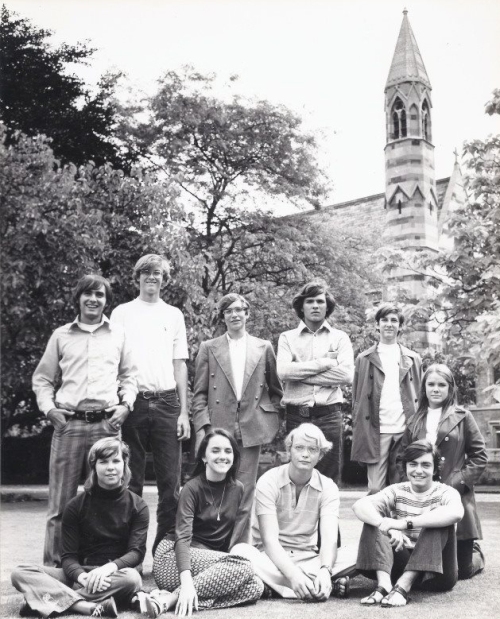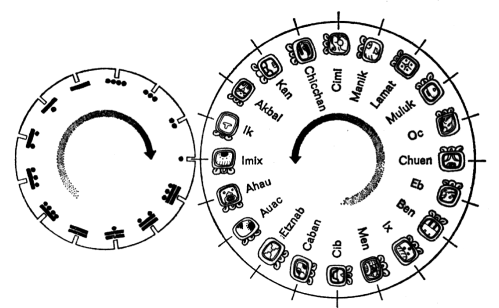All this week, I’ve been sitting in a dark room behind a two-way mirror in a market research facility, watching people be interviewed on behalf of one of my former agency’s clients. More often these days, I’m on the other side of the mirror, interviewing people who are the subject of clients’ research. But several weeks ago, I had a unique opportunity: to be the subject of market research myself.
I’ve been a subscriber to the New York Philharmonic for quite a few years now. I was contacted by phone to see if I would be interested in participating in some research among subscribers. Normally, I’m screened out of invitations to market research, since I’m in the business. But The Philharmonic didn’t ask, and maybe they didn’t care.
I received my instructions for a 1-hour Skype interview. On the basis of what I was asked to prepare for the interview, I knew the very methodology they were using:
“PLEASE SELECT 5-6 IMAGES THAT EXPRESS YOUR THOUGHTS AND FEELINGS ABOUT THE NEW YORK PHILHARMONIC AND WHAT IT MEANS TO YOU.”
This is the proprietary ZMET® Process (Zaltman Metaphor Elicitation Technique), developed by Dr. Gerald Zaltman at Harvard Business School in the early 1990’s and practiced commercially by Olson Zaltman Associates.
During the interview, the subject is asked to describe the images they’ve chosen to represent their thoughts and feelings, and why they’re meaningful in terms of the brand or subject being discussed — in this case, what the Philharmonic means to me. The interviewer carefully probes the subject’s use of particular language: “When you say the word X, what does X mean to you?”
On their website Olson Zaltman claims, “A good ZMET® interview feels more like a psychological counseling session than a market research interview.” And, indeed, it does, in my experience both as a strategic planner involved in ZMET® projects my clients were doing and now as the subject of one myself.
I thought it would be fun to share the pictures I chose, because they reveal things about me in a unique way. Probably things that my family and friends would think were obvious, but which I might not have said about myself, if asked to describe myself. We’re often the last to realize things about ourselves. (If you really want to know something about yourself, ask your Facebook network to answer a question about you, and tally the responses. You’ll see yourself as others see you.)
IMAGE #1: MUSIC APPRECIATION
I’ve always wished that I’d taken a music appreciation class in college. Because I studied foreign languages and literature as well as comparative literature and drama, I have a fairly good sense of broad artistic periods in western art and culture. Years of going to museums all over the world, particularly enjoying paintings, have deepened that understanding. So I know something about the craft and techniques of poetry, prose, drama and painting. But not about music. Pop music, yes; but not “art” music. So one of my primary reasons for subscribing to the Philharmonic was to learn about that music.
This image of a note of music becoming a three-dimensional object, floating above a sheet of music represents the music becoming meaningful to me, being “decoded” from symbols on a page.
IMAGE #2: LUSH AND BEAUTIFUL
One of the houses we lived in when I as growing up in West Palm Beach was heavily landscaped with lots of flowering plants and bushes — azalea, hibiscus, bougainvillea, night-blooming jasmine, gardenia, and lilies. I loved the colors, the fragrances, the shapes of them all — because they were beautiful. When I first listened closely to some pieces of “classical” music that friends turned me on to in college, I was overcome by their beauty. The beautiful melancholy of the first movement of Copland’s Clarinet Concerto or Satie’s Gymnopédies. The lustful beauty of Orff’s Carmina Burana.
When I first started attending Philharmonic concerts, often a piece of music was more like a “wall” of beautiful music — a single piece. But as my ear grew more sensitive, I could distinguish the contribution of different instruments and hear the conversation among them, hear how they worked together to create the sound, much like the flowers in this image — each beautiful in their own way – combining to create a lush and beautiful image.
IMAGE # 3: SOPHISTICATION AND ADVENTURE
Here I start to go a little deeper.
In my mind, this couple is at some very sophisticated party on a country estate, and they are escaping the house party, running off into the woods on some adventure. Something about the trees makes me think of the Russian nobility in a Chekhov play. I think I saw a production of The Cherry Orchard where the set was literally an orchard of bare, leafless trees. The couple could be young lovers in a modern version of a Chekhov play — not with the melancholy and loss, but with the culture and sophistication and the appreciation of the beauty of the country.
Each concert I attend is a sophisticated adventure. I get a bit dressed up, as befits the culture. I can never remember what it is I’m going to hear, but it’s always an adventure in beauty.
In the final two images, I unpack the two dominant ideas in the previous image — sophistication and adventure.
IMAGE #4: ARRIVED
I see this as me listening to a Philharmonic concert. Obviously, not me in my chronological age, but perhaps as I see myself in my head. A handsome young man, impeccably groomed and dressed (OK, it’s aspirational!) is concentrating intently on something. I see him as having arrived, wherever his destination.
When I was first in New York, as a student at the American Academy of Dramatic Arts, I was so poor that to save money I walked over 60 blocks to and from school every day, even in the middle of winter. I would cross Central Park from the West Side where I lived and then walk down Fifth or Madison Avenues on the East Side to school. I would fantasize about the lives of the people who lived in the beautiful buildings along those avenues.
As I sit in my front row seat in the orchestra of Avery Fisher Hall at Lincoln Center, a few feet away from a master like Joshua Bell, performing with one of the world’s great orchestras under the baton of a famous conductor – all of them masters of their crafts – I feel I’ve achieved the life I imagined those Fifth Avenue residents to have.
IMAGE #5: VOYAGE
Music takes me somewhere. Often to a place of indescribable beauty. In this image, under an other-worldly moon of huge proportions, a ship sails out into the unknown, perhaps to edges of the known world. Who knows what it will find. It’s an adventure.
It’s being led to the Gate of the Sun with my eyes closed, then opening them and looking down on the Machu Picchu I’ve only read about and seen pictures of until now. It’s opening the door to a stranger I’m about to make love with. It’s stepping off an airplane in Kiev in the Ukraine several weeks ago.
It’s an unfamiliar piece of music that will transport me I don’t know where.
Let’s let go. Let’s go. Let’s find out. That’s what it’s all about.

